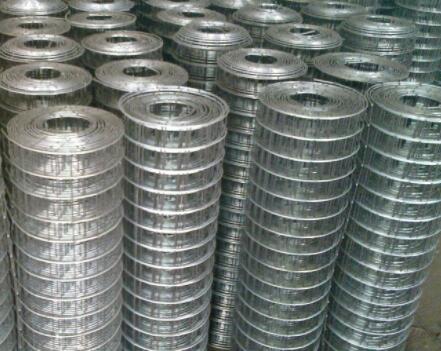Understanding Barbed Wire Cost Per Kilogram
Barbed wire is a staple in various applications, including agriculture, construction, and security. Its primary function is to act as a deterrent, keeping livestock contained and providing security for properties. With its widespread use, understanding the cost of barbed wire per kilogram is crucial for budget planning, whether for personal projects or large-scale operations.
Factors Influencing Barbed Wire Prices
The cost of barbed wire can vary significantly based on several factors
1. Material Composition Barbed wire is typically made from galvanized steel, which provides rust resistance. Higher quality materials or alternatives, such as stainless steel, can lead to increased costs. The thickness of the wire also plays a role; thicker wires generally withstand more tension and harsh weather conditions but come with a higher price tag.
2. Manufacturing Process The method used to produce barbed wire can influence its price. Some manufacturers employ advanced techniques that enhance durability and resistance, which may inflate costs compared to traditional manufacturing methods.
3. Market Demand The law of supply and demand significantly impacts the price of barbed wire. During times of economic growth, demand for construction and fencing materials increases, leading to potential price hikes. Conversely, during economic downturns, prices may drop due to decreased demand.
barbed wire cost per kg

4. Geographical Location Prices can also vary geographically. In areas where barbed wire is heavily used, such as rural or agricultural regions, the cost may be competitive due to higher availability. However, in urban areas or places where barbed wire is less common, transportation and handling costs can cause prices to rise.
5. Quantity Purchased Bulk purchases often lead to reduced prices per kilogram. For individuals or companies requiring large quantities, negotiating with suppliers can yield substantial savings.
Average Cost of Barbed Wire
As of the latest data, the average cost of barbed wire ranges between $1.50 and $3.50 per kilogram, depending on the factors mentioned above. This price range typically applies to galvanized steel barbed wire, which is the most common type. Specialty wires, such as those with additional coatings for enhanced corrosion resistance or unique designs meant for specific security applications, can cost significantly more.
Conclusion
Investing in barbed wire requires a careful consideration of various factors influencing its cost per kilogram. From the materials used and the manufacturing process to market demand and geographical influences, every element plays a role in determining the final price. For those planning to purchase barbed wire, it is advisable to conduct thorough research and potentially negotiate with multiple suppliers to find the best deal. Ultimately, understanding these fluctuations can lead to more informed purchasing decisions, ensuring both safety and cost-effectiveness in any project involving barbed wire.
In summary, barbed wire remains a critical component in many industries, and its cost can vary widely. By staying informed and considering the numerous factors affecting prices, consumers and businesses alike can ensure they get the best quality for their investment.

















